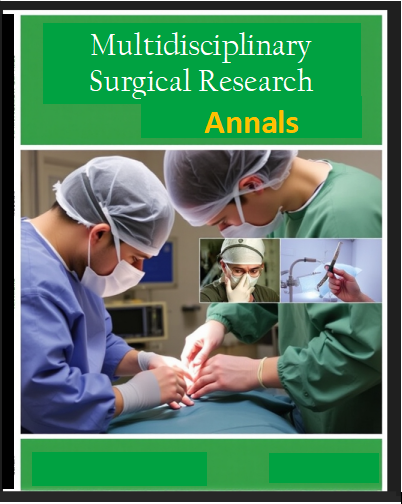Prevalence, Potential Risk Factor Analysis Of Haemonchusis And Its Effect On Blood Parameters In Sheep In District Karak
DOI:
https://doi.org/10.62019/sz650659Abstract
Haemonchus is the most common infective disease in small ruminants caused by Haemonchus contortus, a blood sucking parasite causing anemia that may be fatal particularly to young animals. The current study was carried out to find out the prevalence, identification of associated potential risk factors and its effect on blood parameters in apparently healthy sheep in district Karak. During this study a total of 500 fecal samples were collected randomly using convenient sampling technique. Both blood and fecal samples were collected at one time in EDTA tubes and plastic bottles respectively and stored in refrigerator at 4°C degree centigrade till processing. During first week fecal and blood samples were collected and processed on 2nd week in the laboratory of Clinical Medicine and Pathology, College of Veterinary sciences, Abdul Wali Khan University Mardan. Out of 500 sheep samples, only 175 sheep were positive for this infection and the overall prevalence was 35% where the highest prevalence was observed in Tehsil Karak (70/500 (14%), followed by Banda Daoud Shah (55/500 (11%) while the lowest in That-e-Nasrati (50/500, 10%) and statistically highly significant difference (P< .01) was observed among different localities. The highest prevalence was recorded at the age of 1-6 months (42.28%) followed by 7-12 months (28%), 1-2 years (17.15%), while the lowest at the age of 2-3 years (12.57%) and statistically highly significant difference (P<0.04) was observed among different ages. Hematological analysis revealed marked decrease in hemoglobin contents, WBCs and blood platelets while other blood parameters were remained same.
Keywords: Haemonchus, Haemonchus contortus, Hematological parameters, Mardan, Platelets, Prevalence and Ruminants.





